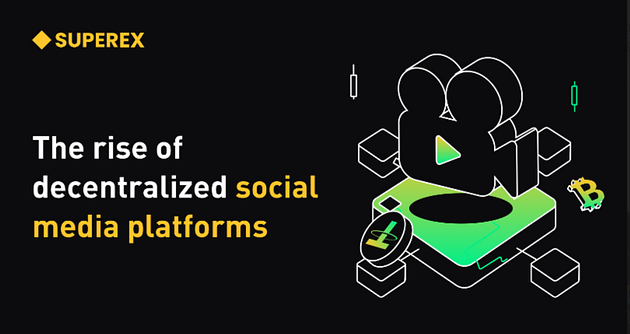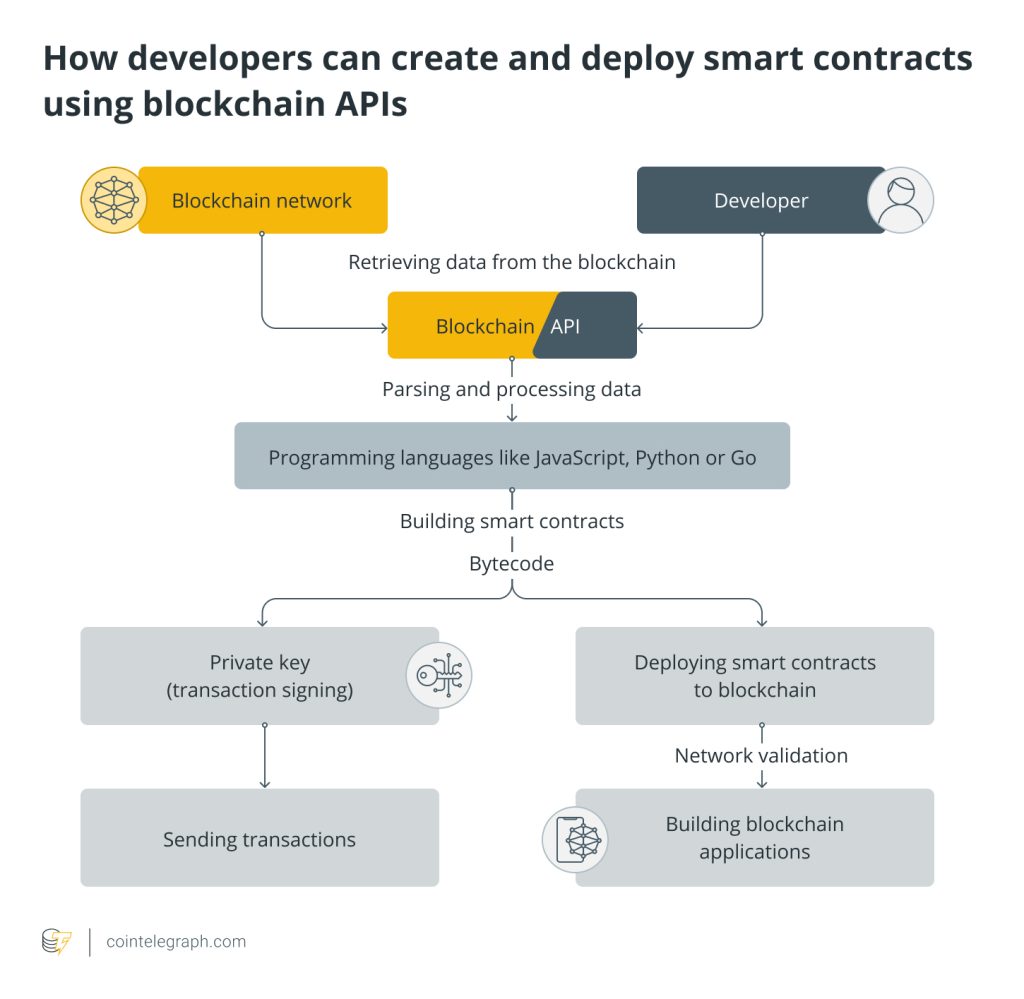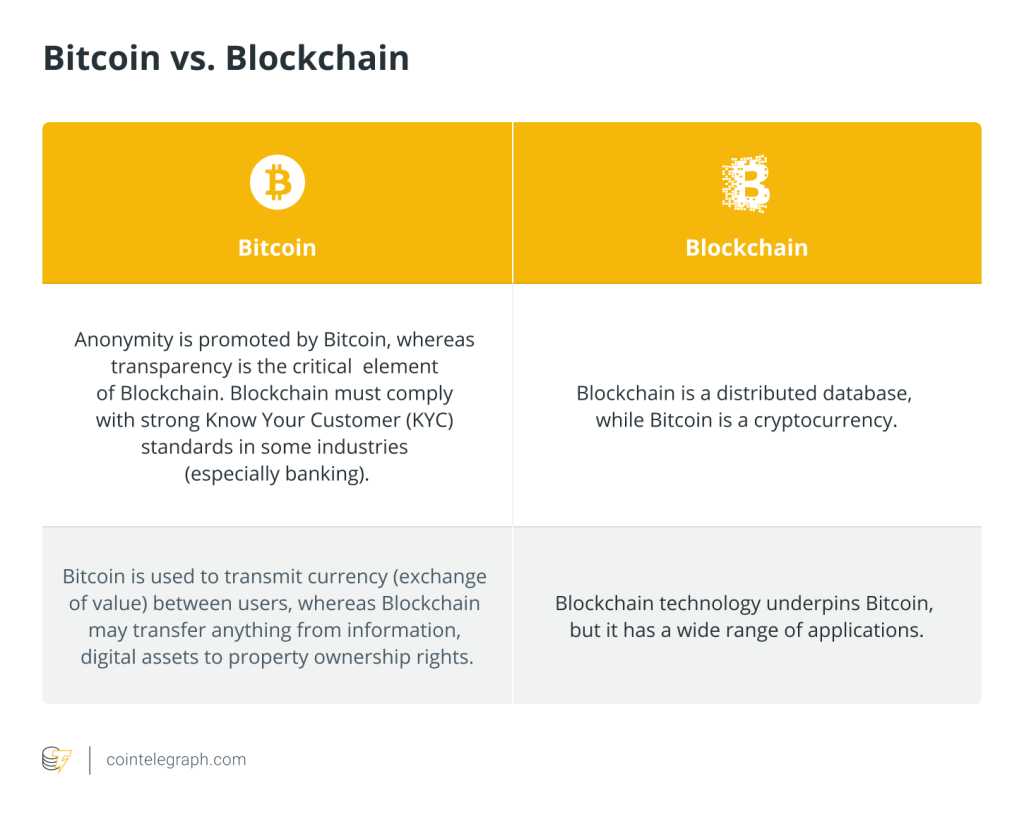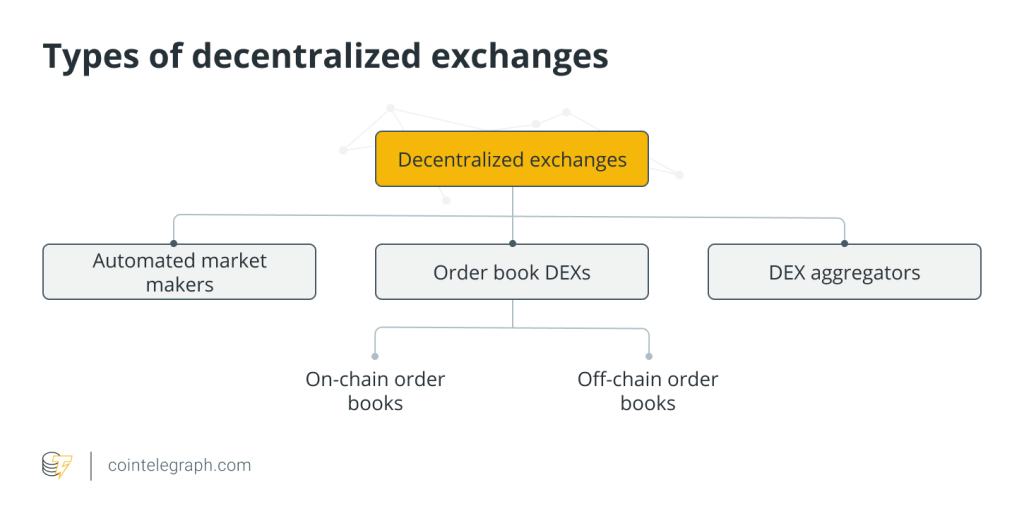SuperEx丨The rise of decentralized social media platforms

#SuperEx #crypto #blockchain
Introduction
In 2024, the social media landscape is undergoing an unprecedented transformation. Unlike traditional platforms, decentralized social media networks are garnering attention due to their blockchain-based, decentralized architectures.
These platforms offer enhanced privacy control, data ownership, and freedom of expression for users. As concerns around data privacy, platform manipulation, and algorithmic biases continue to grow, decentralized social media has emerged as a potential solution.
Furthermore, rising global regulatory pressures have pushed companies to consider more decentralized, self-regulating social media models. This article will delve into the reasons behind the rise of decentralized social media, analyze its advantages and challenges, and provide a glimpse into its potential future development.
- Click to register SuperEx
- Click to download the SuperEx APP
- Click to enter SuperEx CMC
- Click to enter SuperEx DAO Academy — Space

Pain Points of Traditional Social Media and the Crisis of User Trust
With tech giants exercising significant control over user data, many users are beginning to question the transparency and fairness of social media platforms. Market surveys show that over 80% of users are concerned about data misuse and privacy breaches. Regulatory authorities in various countries have also imposed stringent demands regarding data privacy, content regulation, and algorithmic transparency, which have added pressure on traditional social media operations.
Additionally, companies often use algorithms to push biased content, influencing users’ perspectives and actions. This phenomenon is especially pronounced in 2024, with many users losing trust in platform recommendations and seeking decentralized alternatives that offer greater transparency.
Advantages of Decentralized Social Media: Privacy, Transparency, and User Autonomy
One core advantage of decentralized social platforms is the control and privacy users have over their data. Through blockchain technology, these platforms enable encrypted storage and decentralized processing of user data, so it is no longer held by a single entity. For example, decentralized platforms like Mastodon and Lens Protocol allow users to manage their data without relying on central servers, reducing the risk of data breaches.
Additionally, the consensus mechanisms and open-source frameworks used by decentralized platforms provide transparency, allowing users to understand the platform’s algorithms and data handling processes. This transparency not only builds user trust but also grants greater control over personal data, thus preventing surveillance and manipulation common in traditional social platforms.
Economic Incentives and Self-Governance: The New Model of Web3
Unlike traditional platforms, decentralized social media often operates on Web3 structures, incorporating token-based incentives. This model not only encourages active participation but also provides new revenue streams for content creators. In a Web3 environment, users can hold tokens or participate in governance votes, which grants them a real say in platform development.
For example, DeSo (Decentralized Social Blockchain) distributes tokens, allowing users to gain economic benefits while also giving them a voice. This self-governing model breaks down barriers between platform owners and users, fostering a community of shared interests and reducing the downsides of centralized control.
Technical Challenges and Development Barriers: The Realities Facing Decentralized Social Platforms
Despite their advantages, decentralized social media platforms face challenges in terms of technology and scalability. Blockchain-based platforms typically process data slower and less efficiently than traditional centralized servers. Moreover, blockchain transaction fees and network bandwidth constraints impact the user experience on decentralized platforms, leading to slower user growth.
The learning curve for new users also poses a challenge. Many users are accustomed to the user experience on traditional social media, while the governance models and economic incentives on decentralized platforms require some adjustment. Balancing decentralization with a seamless user experience will be a crucial issue for the future development of decentralized social media.
Future Outlook: The Potential and Prospects of Decentralized Social Media
With growing global demand for privacy protection and free expression, the future potential of decentralized social media platforms is substantial. Although they currently occupy a small market share, decentralized platforms are gradually gaining importance in the social media landscape. As blockchain technology advances and users become more aware of data ownership, decentralized social platforms may well become mainstream.
From a regulatory perspective, more countries may begin to recognize the legitimacy of decentralized social media to meet societal demands for privacy protection and information transparency. The rise of decentralized social media represents both technological progress and a user-driven demand for freedom, privacy, and autonomy. In the future, decentralized social media platforms will become an undeniable force in the social media market.
Summary
Driven by the transformation of global social media demand, the rise of decentralized social media platforms is not only the result of technological progress but also a redefinition of freedom and privacy by users. Although the current decentralized platforms still face challenges in technology and user education, in an era when users are increasingly concerned about data privacy, decentralized social media platforms are expected to play a key role in the future social media landscape.







Responses